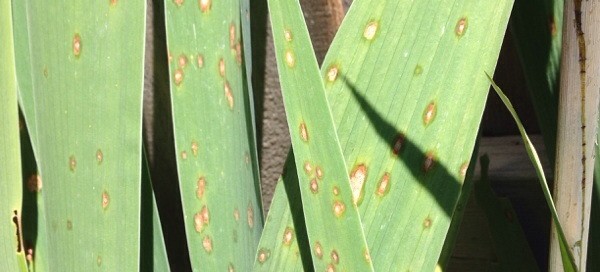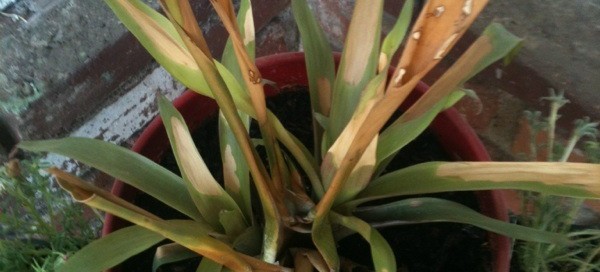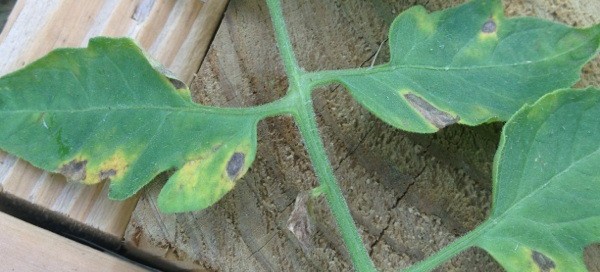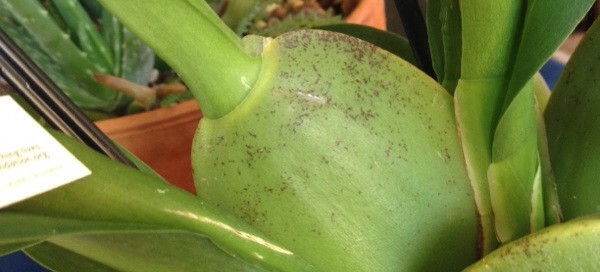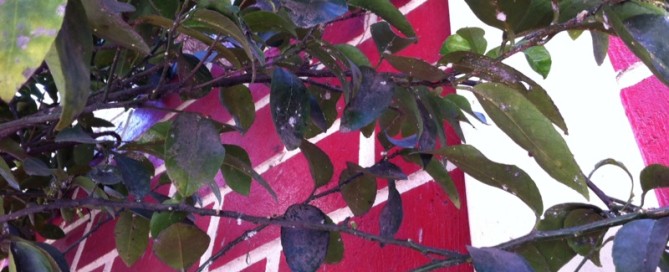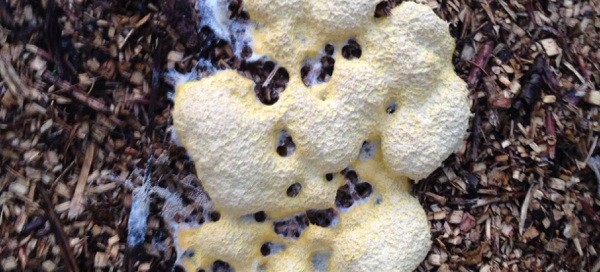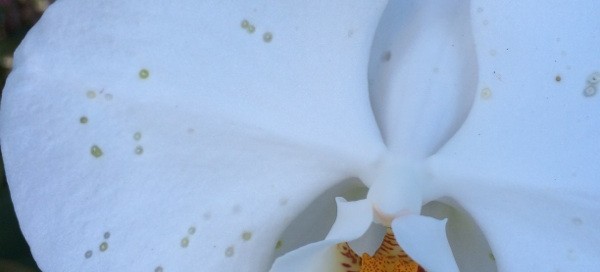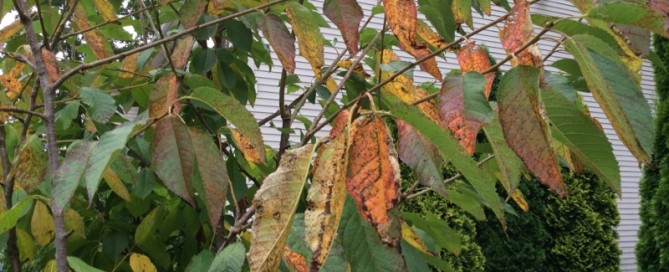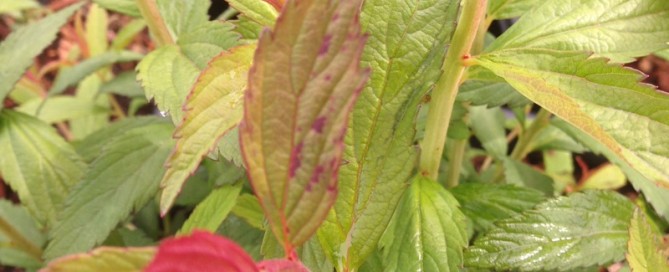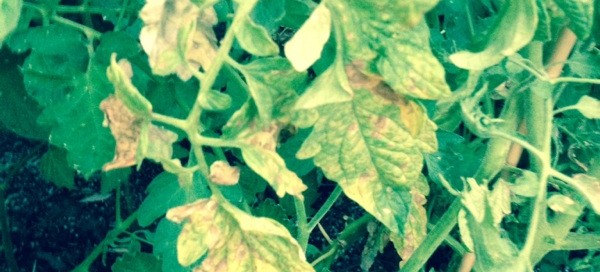Leaf Spot On Bearded Iris
The yellow halos around the brown centers indicate a fungus disease. It is necessary to treat the iris with a fungicide to arrest it, but that will not solve the issue. Leaf diseases weaken them and that affects the next year's flowers. Shade, crowded plantings, rainy weather, and mulch or soil covering the rhizomes increases the chances the disease will take hold as it has here. Suggest you dig up the iris clumps, trim their leaves into 6" fans, divide them, and replant farther apart. If it's been a few years, you'll want to amend the bed to assure good drainage and drench it with fungicide before you replant. For the next year, spray new growth with a fungicide to inoculate it against more development. After that, watch for it and spray at the first sign of spots.
